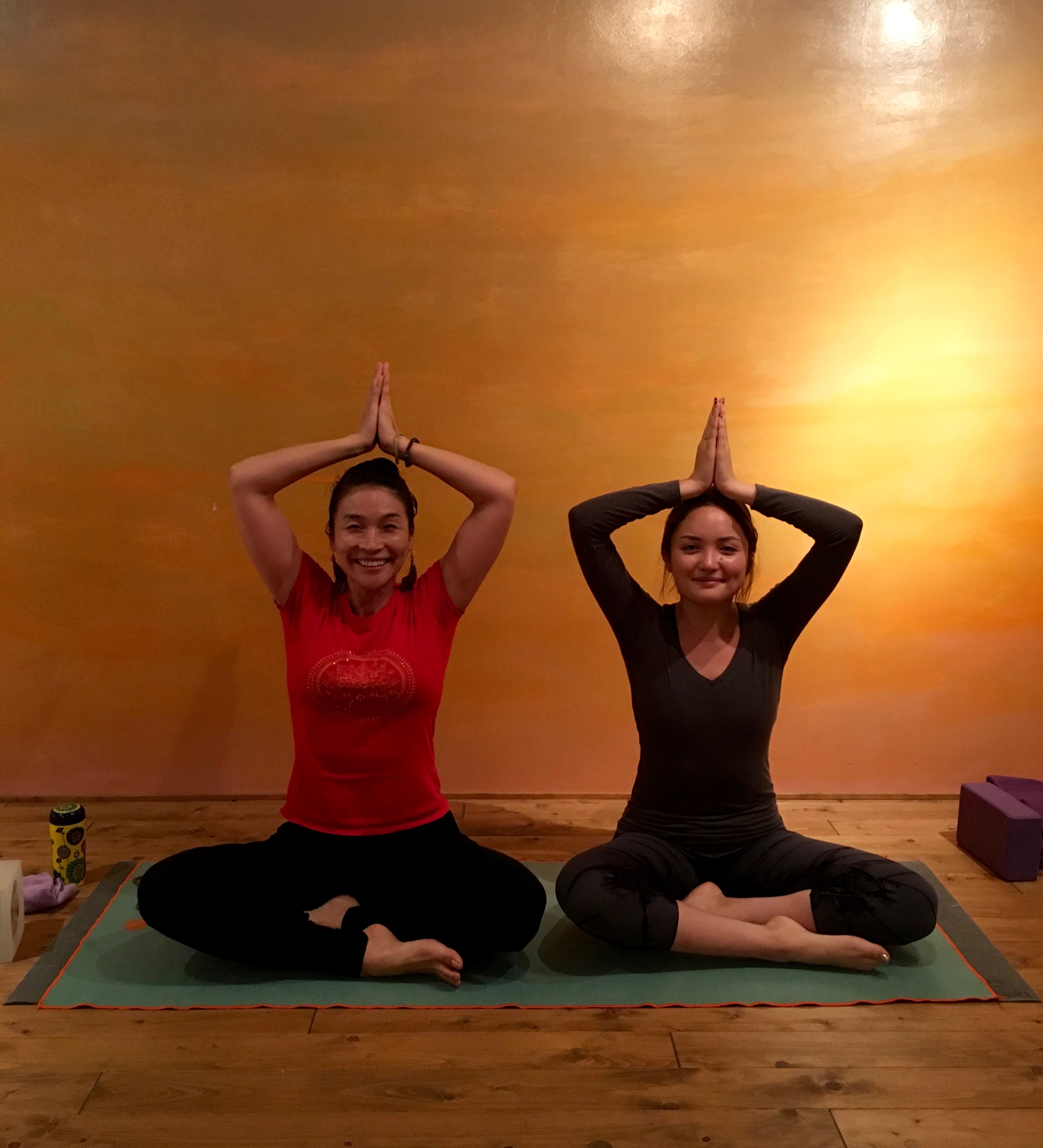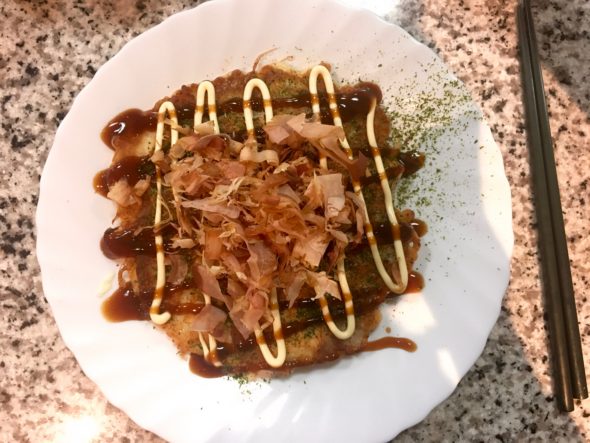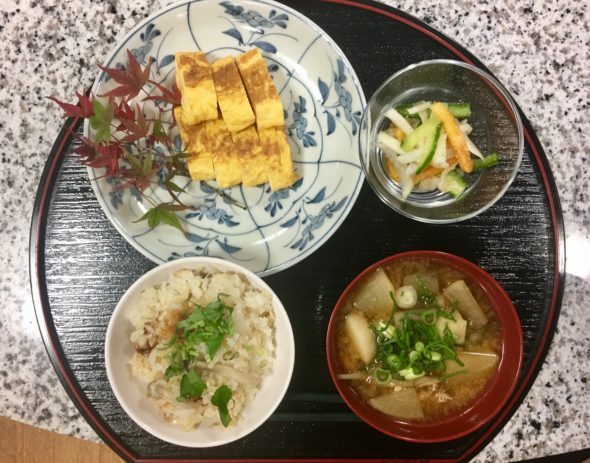Right from the beginning, I knew that I wanted to involve myself in Japanese music – I had always held an interest for traditional Japanese music, yet always lacked the time and energy to serious pursue it. I was soon lucky enough to be introduced to Iwazaki-sensei’s Japanese music studio, and thus began my CIP playing the Japanese koto.
Having played the Chinese equivalent of the koto for ten years, I began my lessons expecting somewhat of an easy ride. However, the differences between the two instruments were far more pronounced than I had thought. Japanese music tend to follow an entirely different scale, standing in sharp contrast to the major scale that is omnipresent in the Chinese music I was used to playing. The minor scale that I encountered so much in my koto pieces was what gave Japanese music its unique “sound” – a sentiment of reserved melancholy; furthermore, the octaves are not set and I was astounded by just how many notes can be played on merely thirteen strings, and for the first few weeks I struggled painfully, even with words of encouragement from my kind sensei.
My classmates are all seniors above the age of sixty, and upon my first session I was intimidated, assuming that they would not be interested in talking with me, or would despise a foreigner. Nevertheless, throughout our interactions I was able to pick up some confidence and practice my newly-acquired skills of keigo and aisatsu. For instance, for the first few weeks, I made the mistake of saying “soudeshouka” when trying to acknowledge someone, and was promptly met with friendly laughter by my fellow classmates – it took me several weeks (and a lot of blunders!) to realize that the correct response, to show interest in someone’s conversation, would be “sou nandesuka” – “soudesuka” or “soudeshouka” actually implies disinterest (rather like the English “interesting”) – and is terribly rude. Having thoroughly embarrassed myself, I nevertheless actively used my newly acquired skills in our next conversation, much to the delight of my sensei. In another time, my sensei said “otsukaresama” to me, congratulating me after several hours of hard work, and I, in a panic, did not know what to say – I’ve learnt in class that saying “otsukaresama” to a senior is terribly rude, but I also wanted to demonstrate my appreciation of her tireless instructions – again, observation of classmates taught me that in this case, “arigatou gozaimasu” or even “kochira koso” might be considered socially acceptable responses. It is through instances like these that I finally put my keigo to use, and finally gain footing in sounding like a real Japanese person immersed in a Japanese society.
Outside of classes, we often have dinner together. Initially, I have considered my classmates to be worlds apart from me, yet throughout conversations, I realized that we may have a lot more in common. Surprisingly, even if we share difference surface level cultural traits -such as language, food, customs, history – deep down, we share similar ways of thinking. I have been surprised constantly at just how contemporary, liberal, and open-minded my classmates are – my previous stereotypes of Japanese people being conservative, reserved, and almost xenophobic have been completely shattered. In other words, koto lessons are far more than just music classes – they have guided me into a fascinating community and have shattered stereotypes I didn’t even realize I held.



